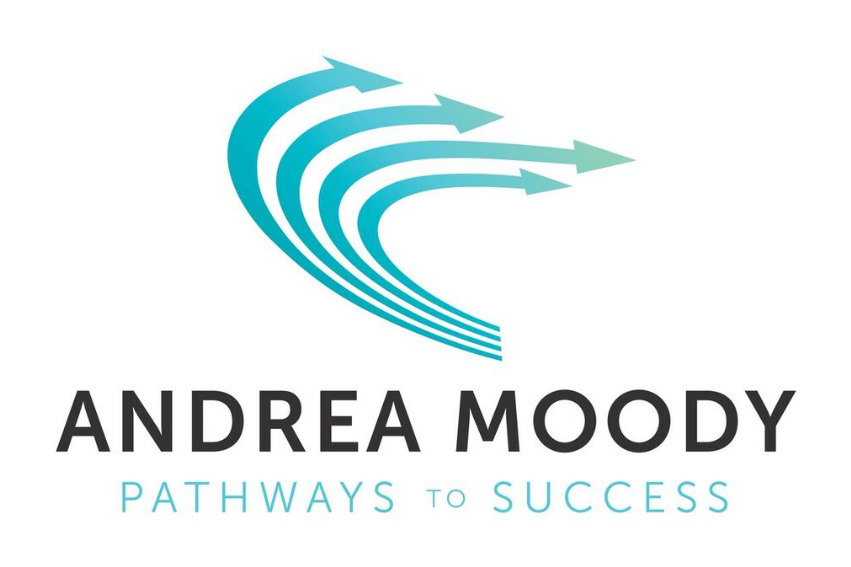Building a sellable business
Why Many Business Owners Can’t Sell When They Want To
Whether you’re a business owner close to retirement, busy growing your business or a young entrepreneur just starting, one day you will exit your business. But will you achieve a good return for your investment?
It’s a sobering statistic, but only 1 out of 6 businesses listed for sale ever sell. What happens to the rest of them? They go bankrupt, sell off various separate assets or quietly close, never fully realising the years of goodwill earned through the blood, sweat and tears of risky entrepreneurship.
In many cases Business Owners are relying on the sale of their business to set them up for the future yet in the majority of cases the reality is a whole lot different, resulting in working for many years more than anticipated or eventually just shutting up shop and walking away with nothing to show.
A top goal of selling or transferring your business is to get the full value for it so you can fund retirement. Many owners have little to no exit planning in place, even though many of them have 80 to 90 percent of their financial assets based in the business itself.
Many owners aren’t positioned well because they’re not maximising the transferable value of the business and/or they’re not positioning it to transfer successfully so that they can “harvest wealth locked in the business.”
Treating your business like an investment is the key to increasing value and building wealth. In order to treat your business like an investment you must:
- Know the existing value of your business
- Have specific plans to increase its value
- Build to sell and always think like a buyer
- Have a business exit or succession plan in place
- Many of the issues that cause poor exits can often be easily dealt with well before business owners start their exit process.
- There are eight key drivers that reflect if a business is sellable and at what price.
- Financial Performance
- Growth Potential
- How reliant is your business on any one customer, employee or supplier
- Cashflow
- Recurring Revenue
- Unique Selling Proposition
- Customer Satisfaction
- The extent to which your business relies on you personally
The eight key drivers of value not only help guide business strategy but also day-to-day decisions. Most importantly taking care of the eight key drivers will ensure that your business is positioned to sell well in the future.


